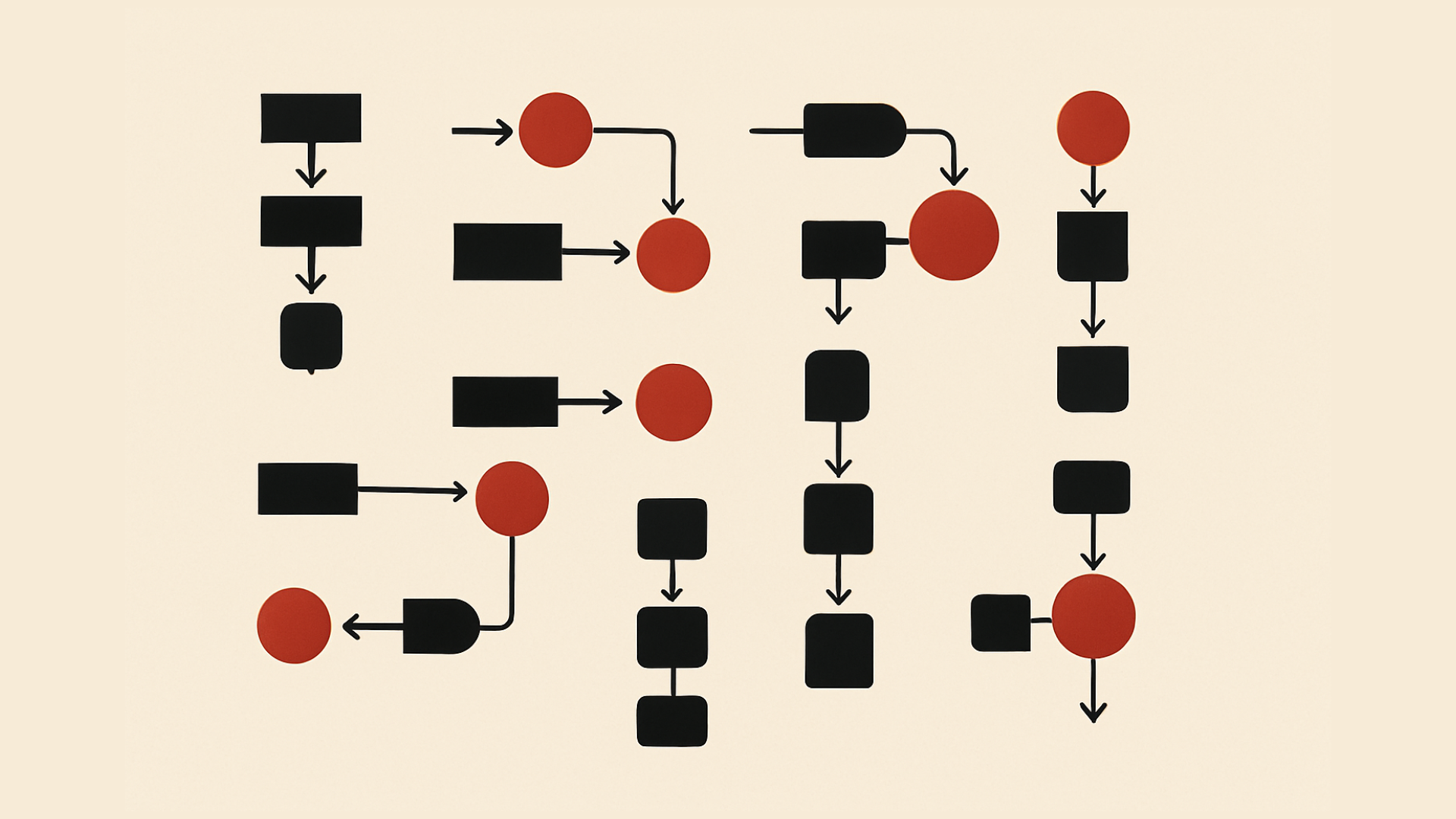What if, after a new deployment, you could tell your monitoring system, “I just rolled out the payment gateway version two. Keep an eye on it and let me know if you see anything strange”?
Imagine an AI that understands that request, monitors your observability data intelligently, notices a sudden spike in database timeouts, and points to a misconfigured environment variable as the likely cause. This is not science fiction. It is the next step in observability. But building it takes more effort than it seems.
The AI in a Haystack Problem
The idea of using AI to analyze logs has been around for years. The challenge lies in scale and context. Modern systems produce massive amounts of observability data, sometimes billions or trillions of messages each day.
Sending all that data to an AI model is costly and ineffective. An AI reading logs one by one is like reading a book one random word at a time. It can see the words but never grasp the story. To identify real issues, the AI needs memory and context. It needs to know what happened moments earlier to understand what is happening now.
How Grepr Solves This
Grepr was designed to solve this challenge from the start. The platform is built on three principles that make an AI powered monitoring assistant possible.
First, Grepr uses intelligent telemetry reduction to cut log volume by more than ninety nine percent. It identifies repetitive or low value data and summarizes it before it reaches your storage system. What remains is a stream of valuable information instead of endless noise. This makes it affordable and practical to apply AI where it has real impact.
Second, Grepr operates on a stateful stream processing engine. Unlike systems that see logs in isolation, Grepr maintains awareness of your entire data flow. This gives the AI context to recognize trends, patterns, and relationships that connect one event to another.
Third, Grepr’s AI participates actively. It does not just observe; it acts. With dynamic pipeline control, it can instantly adjust its own data flow. If it detects early signs of an issue, it can tell the system to stop summarizing certain logs and start sending raw data for deeper analysis. This feedback loop lets the AI focus attention precisely where it is needed.
These three principles of reduction, context, and adaptability combine to create a monitoring system that is efficient, intelligent, and responsive.
The Future of Monitoring
Monitoring is moving from a reactive task to an active collaboration between engineers and AI. Instead of scanning dashboards and chasing alerts, you can rely on an assistant that detects, filters, and flags issues automatically.
This is not just a smarter way to search logs. It is a faster way to investigate incidents, deploy safely, and build confidently. Engineers can focus on development while the AI continuously learns, watches, and responds.
The future of observability is adaptive, conversational, and built for clarity. It understands what matters, zooms in when needed, and helps teams move faster with greater confidence.
More blog posts
All blog posts.png)
Grepr Recognized by Gartner as a Cool Vendor for AI Driven Operations

Using Grepr With Grafana Cloud



